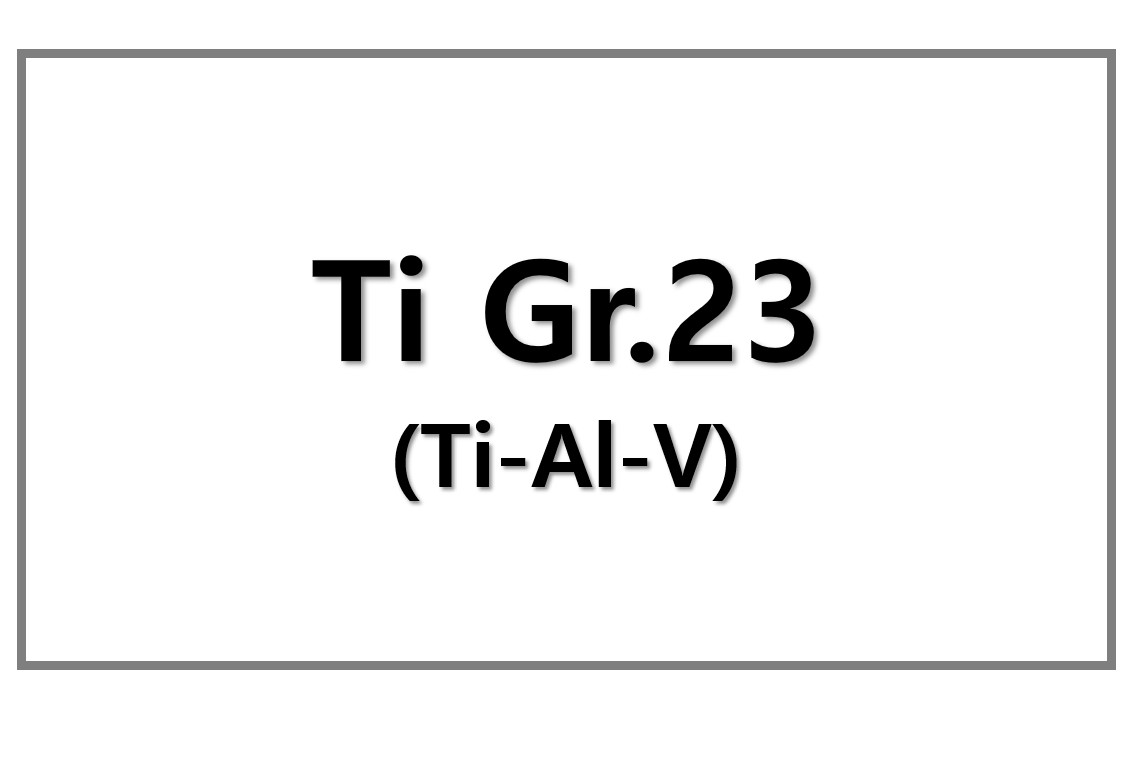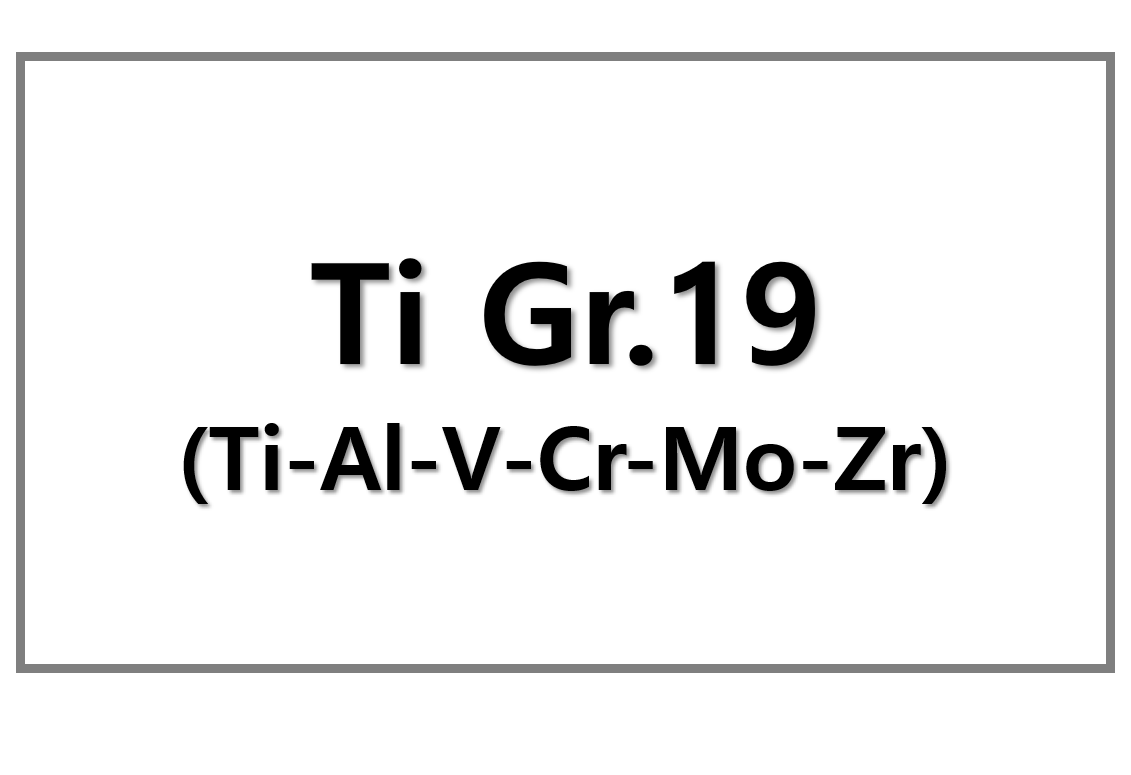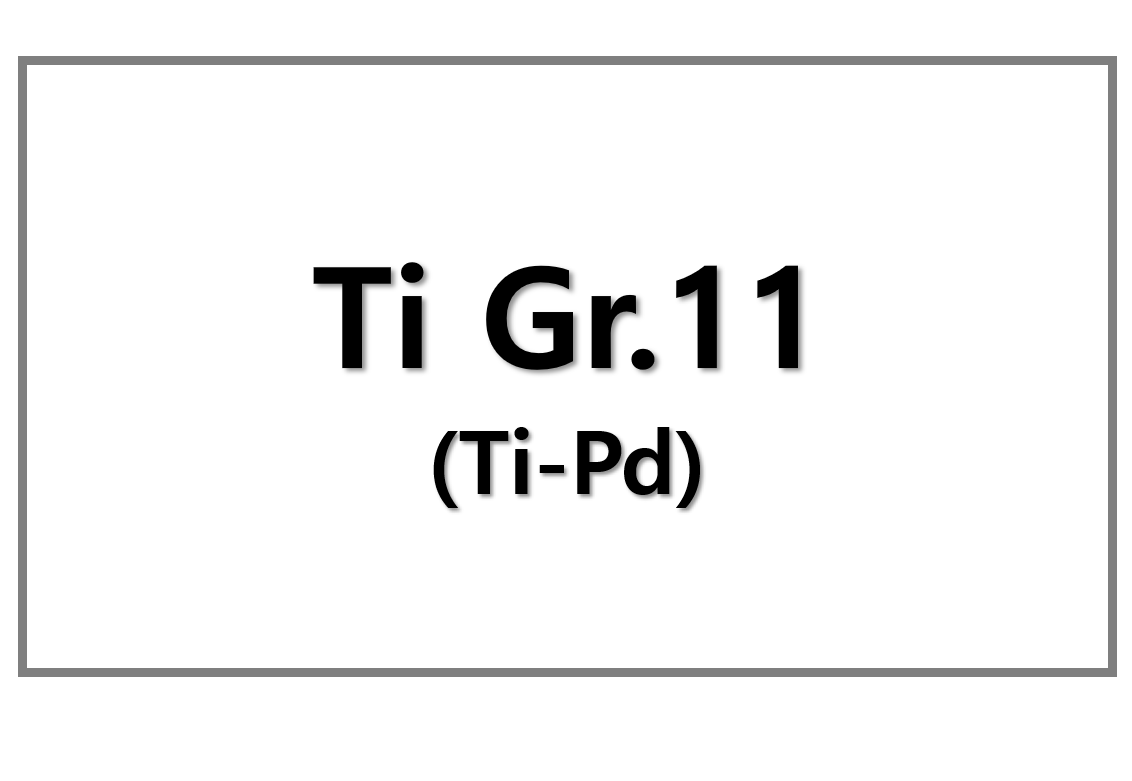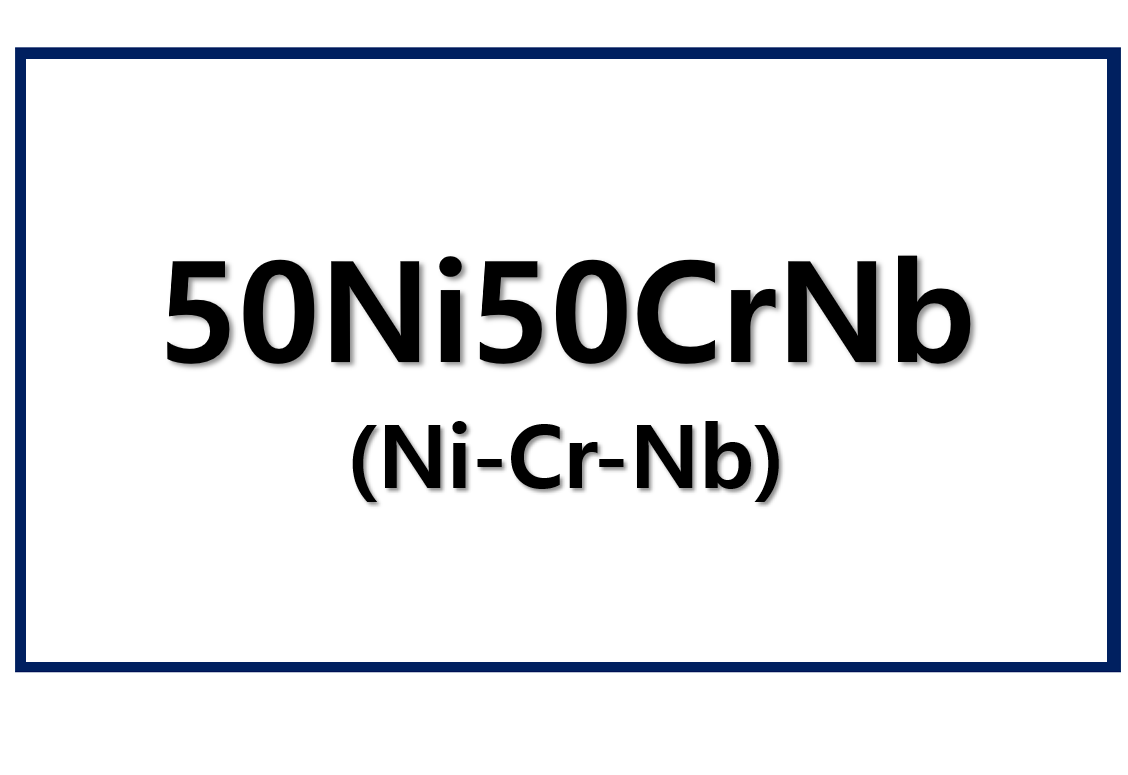
BHP Iron Ore Profit Decline Highlights Market Challenges
BHP Group reported its lowest annual underlying profit in five years, blaming falling iron ore prices. The mining giant posted $10.16 billion in underlying profit for the fiscal year ending June 30, down 26% from the previous year. This result fell short of market expectations and reflects a 19% drop in the average realized price for iron ore.
Despite these pressures, BHP’s iron ore mines in Western Australia remain highly cost-efficient, with production costs around $17.29 per ton. This low-cost structure offers some buffer against falling prices, which have declined steadily from a peak of $223.94 per ton in May 2021 to about $107.81 so far in 2025. The price drop stems primarily from China’s flattening steel demand, which accounts for roughly 75% of global seaborne iron ore imports.
Iron Ore Demand Outlook and Supply Risks
China’s steel output remains stable around 1 billion tons annually, with 2025 projected to follow the same trend. Recent declines in monthly steel production reflect weaker construction activity due to weather challenges. Meanwhile, India shows promise as a growing steel producer, offering hope for increased iron ore demand.
However, rising global supply threatens to outpace demand growth. BHP plans to raise iron ore output from 290 million tons to 305 million tons, while major projects like the Simandou mine in Guinea, led by Chinese miners and Rio Tinto, are expected to add up to 120 million tons annually soon. Brazil’s Vale is also increasing production, raising the risk of an oversupplied market that could further depress prices.
SuperMetalPrice Commentary:
BHP’s profit drop underscores the iron ore market’s delicate balance between supply and demand. While China’s steel demand stagnates, emerging markets like India may not offset this trend quickly enough. Oversupply from major projects like Simandou risks repeating past price crashes. However, the high production costs of some miners could limit price falls, as less efficient operations exit the market. Industry players must navigate these uncertainties carefully, balancing expansion with market signals to maintain profitability.











Leave a Reply
You must be logged in to post a comment.